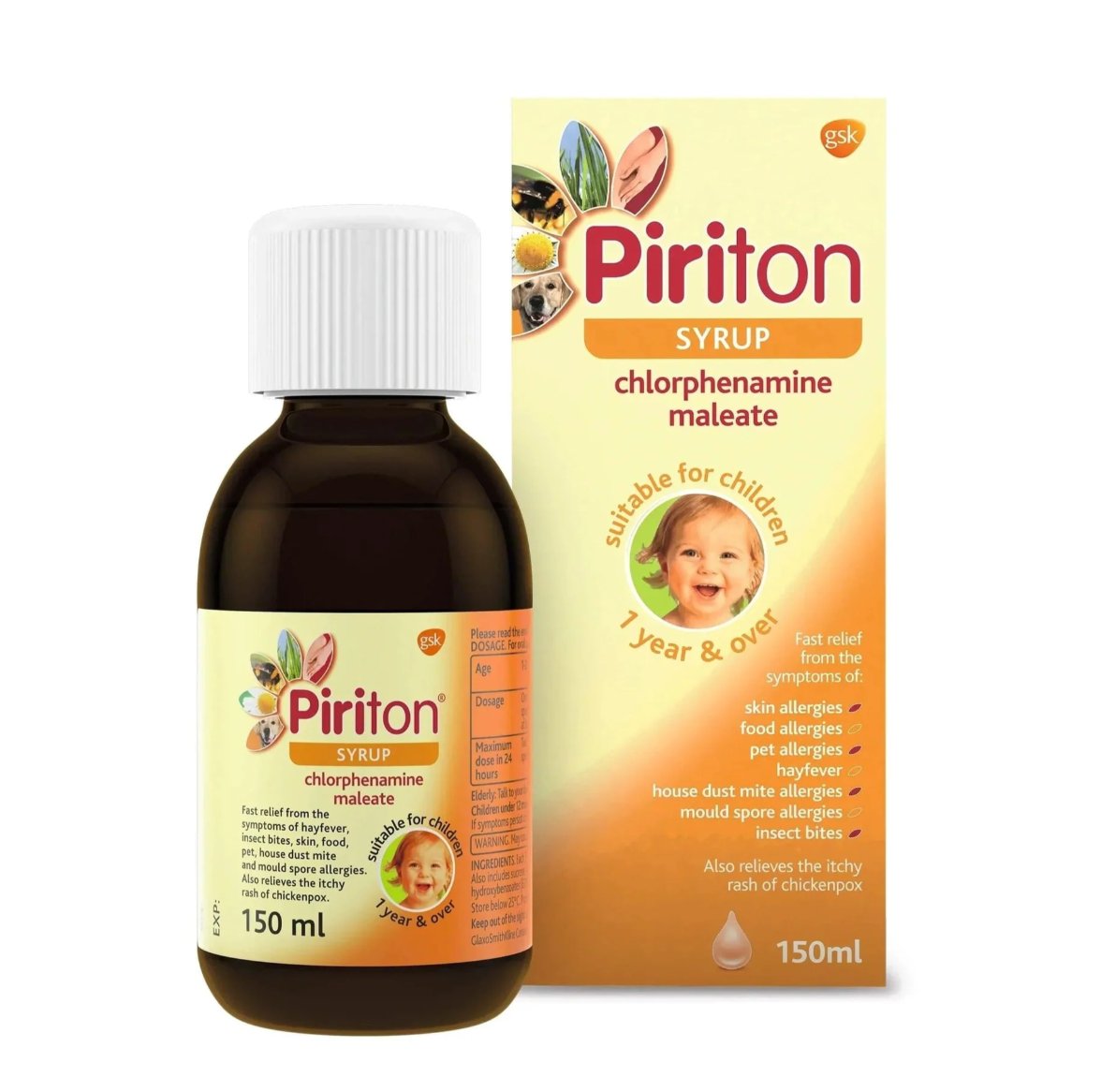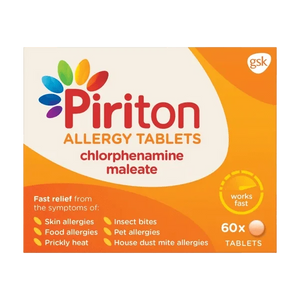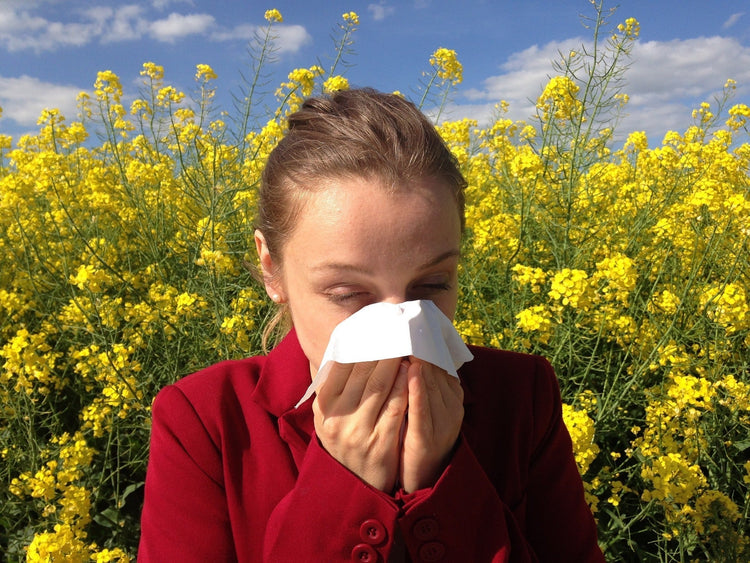Kiwi Allergy: Symptoms, Triggers, and Testing


Related products
Understanding Kiwi Allergy: Symptoms, Triggers, and Testing
Kiwi allergy is an adverse immune response to certain proteins found in kiwi fruit. This reaction can range from mild symptoms, such as itching or hives, to severe and life-threatening symptoms, like anaphylaxis. It is essential for individuals with a kiwi allergy to avoid consuming kiwi fruit and be vigilant about potential exposure in various food products. To better understand whether your symptoms are due to allergy or intolerance, a quick and convenient Allergy Testing Kit can help identify your body’s response to specific allergens, including kiwi.
Prevalence and significance
While kiwi allergy is considered relatively rare, its prevalence has increased in recent years, particularly among children. One study conducted in Sweden found that approximately 4.2% of children exhibited sensitization to kiwi. As the popularity of kiwi continues to grow, identifying early sensitization is critical—especially when other fruit allergies are suspected. Taking a Food Intolerance Test may provide helpful insights into reactions beyond kiwi that could be affecting your health.
Nutritional benefits of kiwi
Kiwi fruit is a nutrient-dense food, rich in vitamin C, vitamin K, vitamin E, potassium, and dietary fibre. Regular consumption of kiwi has been linked to various health benefits, such as improved digestion, immune system support, and reduced inflammation. However, for individuals with a kiwi allergy, these benefits must be obtained through alternative sources.
Kiwi Allergy: An Overview
Kiwi contains multiple proteins that can trigger immune responses. One of the most common allergens is actinidin, but others like thaumatin-like protein and kiwellin also play a role. These proteins may resemble those found in other plants or pollens, which is why some individuals react to multiple allergens.
Kiwi allergy is frequently linked with latex-fruit syndrome and birch pollen allergy, due to cross-reactivity. If you already have symptoms from pollen or latex, a broader Combined Allergy and Intolerance Blood Test can help determine whether kiwi or other fruits may also be involved.
The allergenic components of kiwi
There are several allergenic proteins present in kiwi fruit that can trigger an allergic response.
Actinidin
Actinidin is the primary allergenic protein found in kiwi. This enzyme is responsible for the fruit's ability to tenderize meat and has been linked to the majority of kiwi allergy cases.
Other kiwi allergens
In addition to actinidin, other allergenic proteins found in kiwi include thaumatin-like protein, kiwellin, and cysteine protease. These proteins can also trigger an immune response in sensitive individuals.
Cross-reactivity with other allergens
Kiwi allergy is often associated with cross-reactivity, meaning that individuals allergic to kiwi may also be allergic to other substances due to similarities in protein structures.
Latex-fruit syndrome
Latex-fruit syndrome is a condition where individuals who are allergic to natural rubber latex also experience allergic reactions to certain fruits, including kiwi. This cross-reactivity occurs because the allergenic proteins found in latex and kiwi share similar structures, causing the immune system to react to both substances.
Birch pollen allergy
People with birch pollen allergy may also develop an allergy to kiwi. This cross-reactivity is due to the presence of proteins in kiwi that closely resemble those found in birch pollen. As a result, the immune system may mistakenly identify kiwi proteins as birch pollen allergens, leading to an allergic reaction.
Causes and Risk Factors
Genetic predisposition
A family history of allergies increases the risk of developing a kiwi allergy. According to Dr. Scott Sicherer, a professor of paediatrics and allergy expert at the Icahn School of Medicine at Mount Sinai, a genetic predisposition to allergies can play a significant role in the development of food allergies, including kiwi allergy.
Environmental factors
A genetic predisposition is one of the most significant risk factors. Those with a family history of allergies, asthma, or eczema are at greater risk. Dr. Pamela Ewan notes that environmental factors—including early exposure to pollen, dust, or dander—can also increase sensitization. For those who experience seasonal or airborne triggers, the Environmental Intolerance Test can assess for common environmental allergens that might be interacting with food sensitivities.
Previous sensitization
Individuals who have experienced an allergic reaction to other fruits, such as bananas or avocados, may be at an increased risk of developing a kiwi allergy. According to Dr. Alexandra Santos, a paediatric allergist and immunologist at King's College London, previous sensitization to other allergens can increase the likelihood of cross-reactivity and the development of new food allergies.
Other associated allergies
As mentioned earlier, individuals with a latex allergy or birch pollen allergy may be more susceptible to developing a kiwi allergy due to cross-reactivity.
Symptoms of Kiwi Allergy
Mild symptoms may include oral allergy syndrome, skin hives, or stomach discomfort. More serious reactions, such as anaphylaxis, can develop rapidly and may require emergency treatment. If you're unsure whether you’re allergic to kiwi or experiencing intolerance, the Premium Intolerance Test provides a comprehensive analysis of over 200 food and non-food triggers, including fruits like kiwi.
Mild symptoms
Mild symptoms of kiwi allergy can vary among individuals but typically include the following:
Oral allergy syndrome
Oral allergy syndrome is characterized by itching, tingling, or swelling of the lips, mouth, and throat upon consuming kiwi fruit. According to Dr. Sicherer, this reaction is commonly seen in individuals with a birch pollen allergy.
Skin reactions
Skin reactions, such as hives or eczema, may occur in response to contact with or consumption of kiwi. Dr. Ewan explains that these reactions are typically localized and occur within minutes to hours after exposure.
Gastrointestinal symptoms
Gastrointestinal symptoms, such as abdominal pain, nausea, vomiting, or diarrhea, may also be experienced by individuals with a kiwi allergy. Dr. Santos emphasizes the importance of differentiating between an allergic reaction and intolerance when assessing these symptoms.
Severe symptoms
Severe symptoms of kiwi allergy are less common but can be life-threatening.
Respiratory distress
Difficulty breathing, wheezing, or shortness of breath may occur due to the constriction of airways in response to the allergenic proteins in kiwi. This reaction requires immediate medical attention.
Anaphylaxis
Anaphylaxis is a severe, life-threatening allergic reaction that can occur rapidly after exposure to an allergen, such as kiwi. Symptoms can include a rapid or weak pulse, difficulty breathing, confusion, and a drop in blood pressure. Dr. Sicherer emphasizes the importance of immediate treatment with epinephrine and seeking emergency medical care in cases of anaphylaxis.
Diagnosis and Testing
Standard diagnostic methods include a medical history, skin prick test, and blood tests to detect kiwi-specific IgE. For families or individuals managing multiple sensitivities, the full range of Welzo's Intolerance Tests Collection offers several testing options suited to various needs, including at-home convenience and clinical accuracy.
Medical history and physical examination
A thorough medical history and physical examination can help healthcare providers determine whether an individual's symptoms are consistent with a kiwi allergy. This may involve discussing symptoms, possible triggers, and any family history of allergies.
Skin prick tests
A skin prick allergy test involves applying a small amount of kiwi extract to the skin and observing the reaction. A positive result, indicated by the formation of a raised bump, suggests a kiwi allergy. Dr. Ewan notes that skin prick tests are a valuable diagnostic tool for assessing food allergies.
Blood tests
Blood tests can measure the levels of immunoglobulin E (IgE) antibodies in response to kiwi proteins. Elevated levels of kiwi-specific IgE antibodies may indicate an allergy. The IgE Immunoglobulin Blood Test is one such test that can help identify allergic sensitivities, including to kiwi. However, Dr. Santos cautions that blood test results should always be interpreted alongside clinical history and other diagnostic methods for the most accurate diagnosis.
Oral food challenge
An oral food challenge involves the supervised consumption of small, gradually increasing amounts of kiwi under medical supervision. This test can help confirm or rule out a kiwi allergy, but it carries the risk of triggering a severe allergic reaction.
Management and Treatment
Avoidance of kiwi and kiwi-containing products
The primary method of managing a kiwi allergy is strict avoidance of kiwi fruit and products containing kiwi.
Reading food labels
Reading food labels is essential to identify and avoid products containing kiwi. Ingredients lists should be carefully reviewed to ensure the absence of kiwi and kiwi-derived ingredients.
Identifying hidden sources of kiwi
Kiwi can be found in various food products, such as smoothies, fruit salads, and baked goods. Individuals with a kiwi allergy should be vigilant about potential sources of kiwi exposure.
Medications
Several medications can help manage symptoms of kiwi allergy.
Antihistamines
Antihistamines can help alleviate mild allergy symptoms, such as itching or hives. These medications work by blocking the effects of histamine, a substance released during an allergic reaction.
Epinephrine auto-injector
Individuals with a kiwi allergy should carry an epinephrine auto-injector (e.g., EpiPen) to treat severe allergic reactions, such as anaphylaxis. Epinephrine can quickly counteract the effects of an allergic reaction, potentially saving a person's life.
Lifestyle modifications
Making certain lifestyle modifications can help individuals with a kiwi allergy to better manage their condition and minimize the risk of accidental exposure.
Communicating allergy to food providers
It is crucial for individuals with a kiwi allergy to inform food providers, such as restaurants and caterers, about their allergy to ensure their food is prepared safely and without cross-contamination. This communication can help prevent accidental exposure and severe allergic reactions.
Creating a supportive environment
Creating a supportive environment, both at home and in social settings, can help individuals with a kiwi allergy feel more comfortable and confident in managing their condition. Friends, family members, and colleagues can play a crucial role in ensuring the individual's safety by understanding the allergy and helping to avoid potential triggers.
Prevention Strategies
Introduction of allergenic foods during infancy
Emerging evidence suggests that the early introduction of allergenic foods, such as kiwi, during infancy may help reduce the risk of developing food allergies. However, further research is needed to establish clear guidelines on the optimal timing and method for introducing these foods.
Allergen immunotherapy
Allergen immunotherapy, which involves the gradual exposure to increasing amounts of an allergen to help the immune system build tolerance, has shown promise in the treatment of some food allergies. However, more research is needed to determine the safety and effectiveness of allergen immunotherapy for kiwi allergy specifically.
Ongoing research and future developments
Ongoing research into food allergies, including kiwi allergy, aims to improve our understanding of the underlying causes and develop new prevention and treatment strategies. Advances in the field of allergy research may lead to more effective and personalized treatment options for individuals with kiwi allergy.
Conclusion
The importance of understanding and managing kiwi allergy
Understanding and managing kiwi allergy is essential for the safety and well-being of affected individuals. Proper diagnosis, treatment, and lifestyle modifications can significantly reduce the risk of severe allergic reactions and improve the quality of life for those with a kiwi allergy.
The role of healthcare professionals, patients, and caregivers in successful allergy management
Healthcare professionals, patients, and caregivers all play an essential role in the successful management of kiwi allergy. Collaboration and communication among all parties can help ensure the individual's safety, promote understanding of the allergy, and foster a supportive environment for managing this potentially life-threatening condition. To learn more about Allergies, read our comprehensive guide that covers: Allergies:, Types, Causes, Symptoms, Diagnosis, and Treatment options. If you are looking for treatments for hay fever or general allergens, then visit our extensive page with allergy and hayfever medication and tablets.


























 Rated Excellent by 26,523+ Reviews
Rated Excellent by 26,523+ Reviews